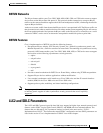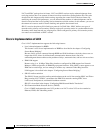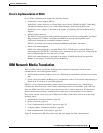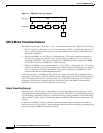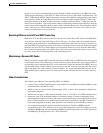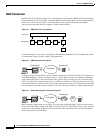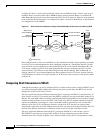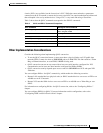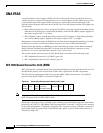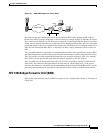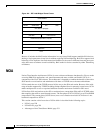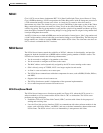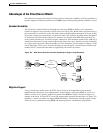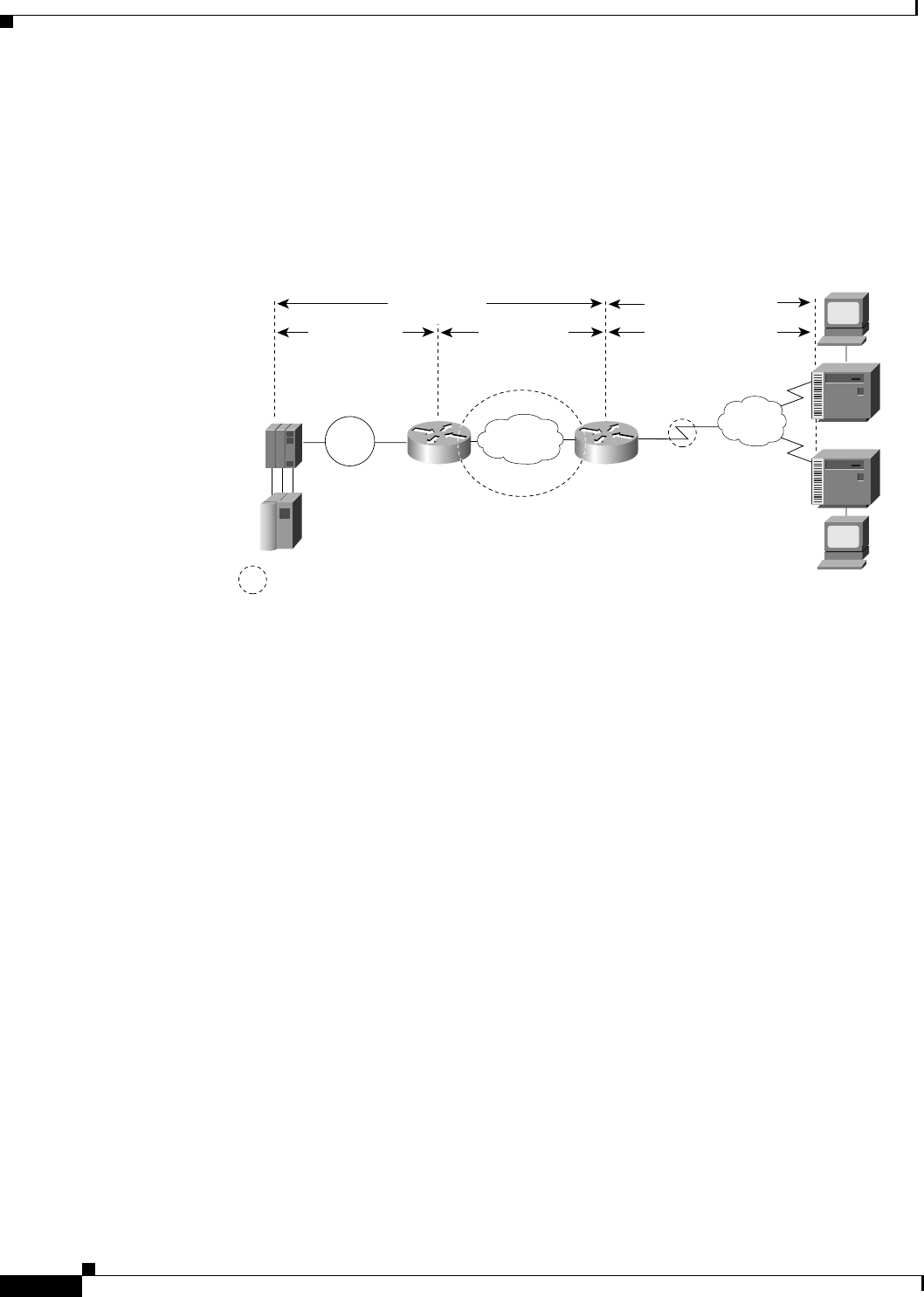
Overview of IBM Networking
IBM Network Media Translation
BC-224
Cisco IOS Bridging and IBM Networking Configuration Guide
As Figure 97 shows, a router need not directly connect the two IBM end nodes; instead, some type of
backbone WAN can connect them. Here, RSRB transports packets between Router A and Router B,
while Router B performs all conversion between the LLC2 and X.25 protocols. Only the router attached
to the serial line (Router B) needs to be configured for QLLC conversion. Both Router A and Router B
are configured for normal RSRB.
Figure 97 QLLC Conversion Between a Single 37x5 and Multiple 3x74s across an Arbitrary WAN
How communication sessions are established over the communication link varies depending on whether
or not LLC2 local acknowledgment has been configured on Router A’s Token Ring interface. In both
cases, the SNA session extends end-to-end and the QLLC/X.25 session extends from Router B to the
3x74 cluster controller. If LLC2 local acknowledgment has not been configured, the LLC2 session
extends from the 37x5 FEP across the Token Ring network and the arbitrary WAN to Router B. In
contrast, when LLC2 local acknowledgment has been configured, the LLC2 session extends from the
37x5 FEP Router A, where it is locally terminated. A TCP session is then used across the arbitrary WAN
to Router B.
Comparing QLLC Conversion to SDLLC
Although the procedures you use to configure QLLC are similar to those used to configure SDLLC, there
are structural and philosophical differences between the point-to-point links that SDLC uses and the
multiplexed virtual circuits that X.25 uses.
The most significant structural difference between QLLC conversion and SDLLC is the addressing. To
allow a device to use LLC2 to transfer data, both SDLLC and QLLC provide virtual MAC addresses. In
SDLLC, the actual MAC address is built by combining the defined virtual MAC (whose last byte is 0x00)
with the secondary address used on the SDLC link; in this way, SDLLC supports multidrop. In QLLC
conversion, multidrop is meaningless, so the virtual MAC address represents just one session and is
defined as part of the X.25 configuration. Because one physical X.25 interface can support many
simultaneous connections for many different remote devices, you only need one physical link to the X.25
network. The different connections on different virtual circuits all use the same physical link.
The most significant difference between QLLC conversion and SDLLC is the fact that a typical
SDLC/SDLLC operation uses a leased line. In SDLC, dial-up connections are possible, but the
maximum data rate is limited. In QLLC, both switched virtual circuits (SVCs) and permanent virtual
S1395a
3270
Token
Ring
= Virtual Ring
T0
X.25
3270
37x5
LLC2 session
TCP session
LLC2 session
With local
acknowledgment
Without local
acknowledgment
QLLC/X.25 session
QLLC/X.25 session
Arbitrary
WAN
S0
3x74
VR1
VR2
Router A Router B
3x74




